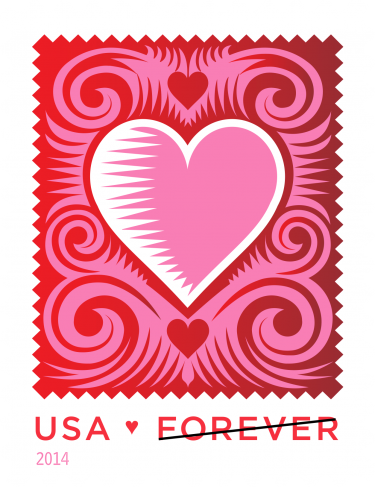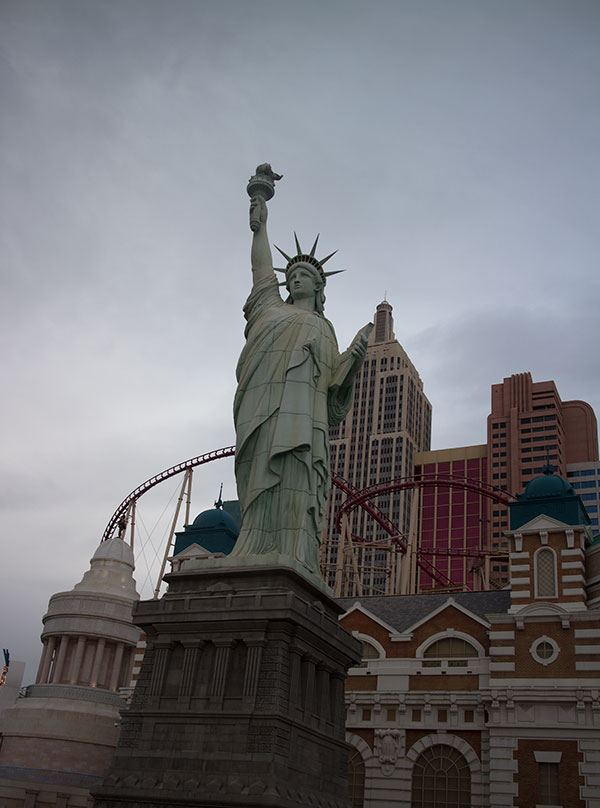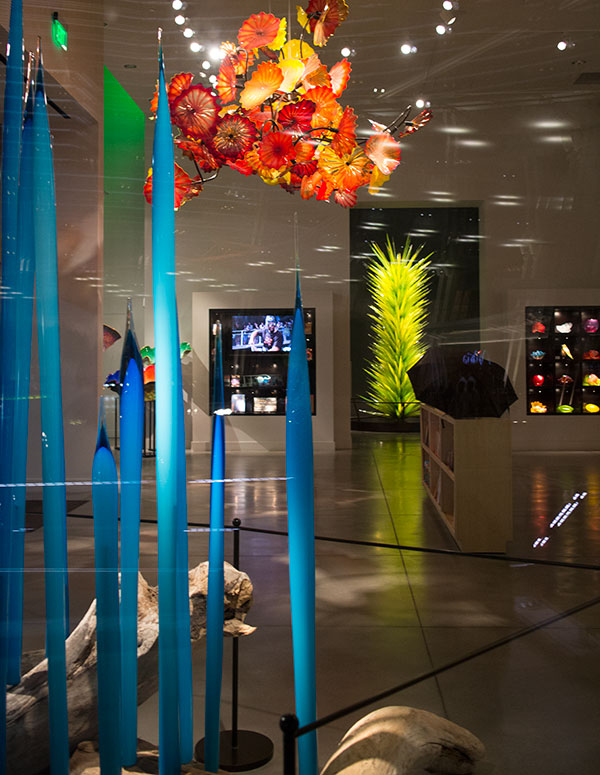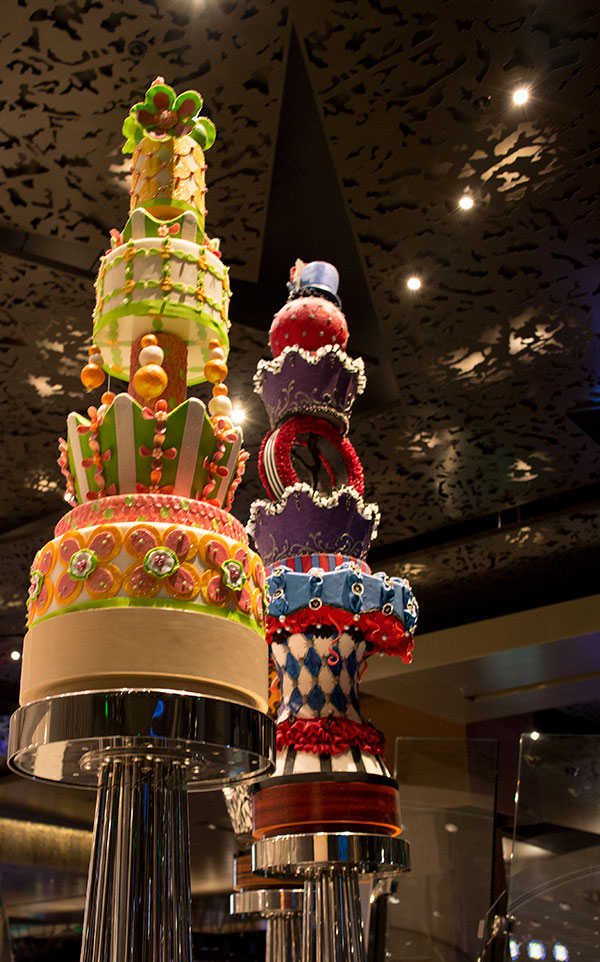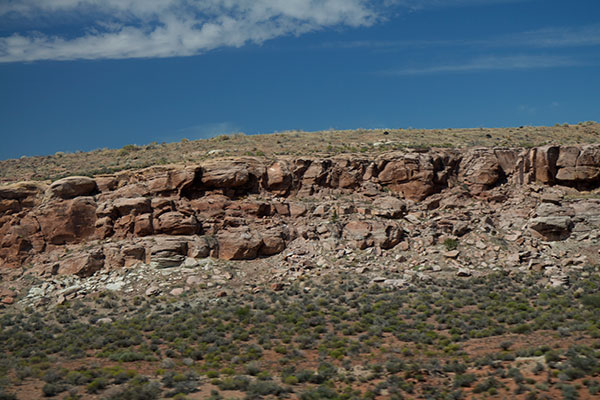"Nothing has ever been outside the solar bubble before. Nothing."
"It's a whole new journey of exploration," Stone said. "It's the first journey between the stars. It's like sailing on the ocean for the first time after leaving land. We're out in this cosmic sea. Most of the universe, by the way, is this kind of interstellar stuff. This will give us information about most of the volume of the Milky Way."
Ed Stone, chief scientist for the Voyager Mission.
Appropos of nothing, I love the news that NASA's Voyager has gone into deep space.... with significantly less memory than our current cell phones(240,000 times what the little Voyager has)--answering hopes of scientists. Another scientific "Little Engine that Could" story much like the adorable Mars rovers who surprised us all with their nimble, unplanned for long lives and the information and treasures they beamed back to us on this small planet we all spin on. More dreams made real (and more often better than our expectations) courtesy of our fellow artists (who can do math and physics) the scientists.
I have been digging around in the world of Hopi and Zuni Kachinas as well as kachinas rendered (with symbols) in jewelry. I am very charged up about it...and am working on a few illustrations to go into My America as this is the best stuff from the original people. Kachinas, if you are unfamiliar with them are: (from Wikipedia):
Kachinas are spirits or personifications of things in the real world. A kachina can represent anything in the natural world or cosmos, from a revered ancestor to an element, a location, a quality, a natural phenomenon, or a concept. There are more than 400 different kachinas in Hopi and Pueblo culture. The local pantheon of kachinas varies in each pueblo community; there may be kachinas for the sun, stars, thunderstorms, wind, corn, insects, and many other concepts. Kachinas are understood as having humanlike relationships; they may have uncles, sisters, and grandmothers, and may marry and have children. Although not worshipped,[2] each is viewed as a powerful being who, if given veneration and respect, can use their particular power for human good, bringing rainfall, healing, fertility, or protection, for example. One observer has written:[3]
"The central theme of the kachina [religion] is the presence of life in all objects that fill the universe. Everything has an essence or a life force, and humans must interact with these or fail to survive."
Kachinas are live and dance for special tribal events and are rendered as dolls (Katchina Dolls) and are used to educate children about historical events, things in nature and about life and living. The more I engage in these symbolic characters, the more I fall in love with their stories, their ideas, their link to the land and the Southwest. Interestingly, they also could be grouped in with my love of Erzgebirge Angels and Miners, Nutcrackers and truly in parallel, the Japanese myths, legends and characters rooted in Yokai. The parallels are that there are these folk characters who are used to explain everyday life, those things spiritual, and those unexplainable cultural circumstances that as a parent, the unsatifactory answer is " well, because I say so" (otherwise no answer). I am charmed by the overlap despite the extreme differences in culture and look forward to thinking around the comparisons and the work that could evolve from this. I have Val T. to thank for this delve because of his excitement around the topic for his own work which will be sublime, smart and amazing. This is just me messing in his sandbox a bit...but he will OWN it.
Lunch beckons.

